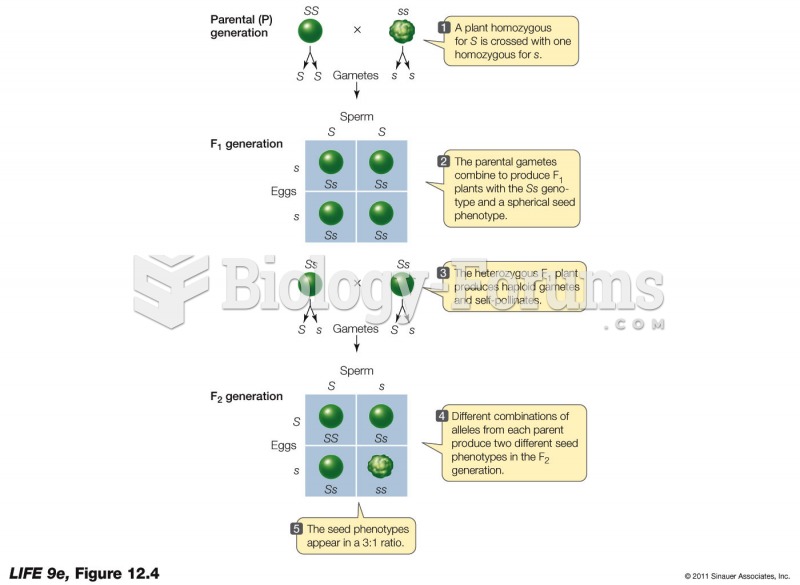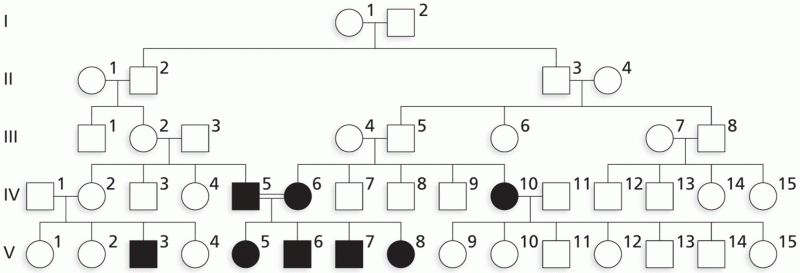Answer to Question 1
Answer: Males and females have an equal chance of inheriting recessive disorders carried on the autosomes, such as PKU and sickle cell anemia. But when a harmful allele is carried on the X chromosome, X-linked inheritance applies. Males are more likely to be affected because their sex chromosomes do not match. In females, any recessive allele on one X chromosome has a good chance of being suppressed by a dominant allele on the other X. But the Y chromosome is only about one-third as long and therefore lacks many corresponding genes to override those on the X. A well-known example is hemophilia, a disorder in which the blood fails to clot normally. There is a greater likelihood of inheritance by male children whose mothers carry the abnormal allele.
Answer to Question 2
Answer: Dizygotic, or fraternal, twins are the most common type of multiple offspring. Fraternal twins result from the release and fertilization of two ova. Genetically, they are no more alike than ordinary siblings. Older maternal age, fertility drugs, and in vitro fertilization are major causes of the dramatic rise in fraternal twinning and other multiple births in industrialized nations over the past several decades. Currently, fraternal twins account for 1 in about every 33 births in the United States. Fraternal twinning occurs in 6 to 9 per 1,000 births among Asians and Hispanics, 9 to 12 per 1,000 births among white Europeans, and 11 to 18 or more per 1,000 births among black Africans. Dizygotic twinning occurs more often among women whose mothers and sisters gave birth to fraternal twins, suggesting a hereditary influence through the female line. Incidence of fraternal twinning rises with maternal age, peaking between 35 and 39 years, and then rapidly falls. It is more likely with each additional birth and with fertility hormones. Fraternal twinning occurs less often among women with poor diets and more often among women who are tall and overweight or of normal weight as opposed to slight body build.







